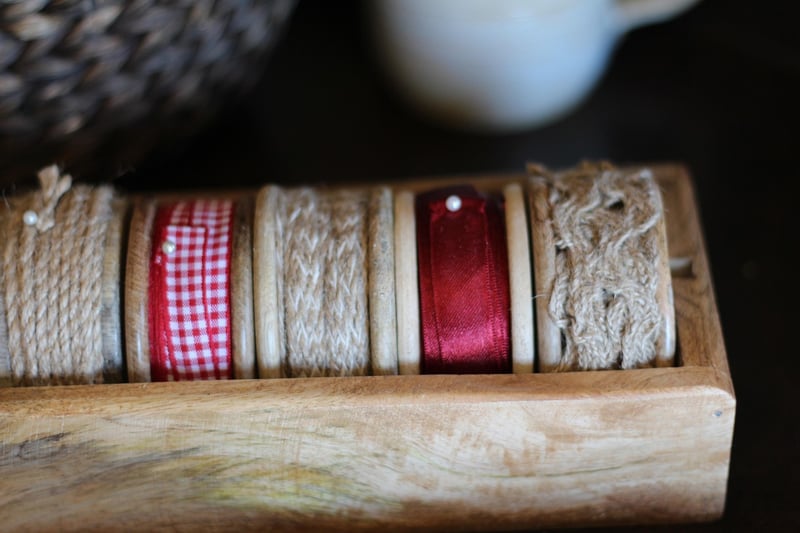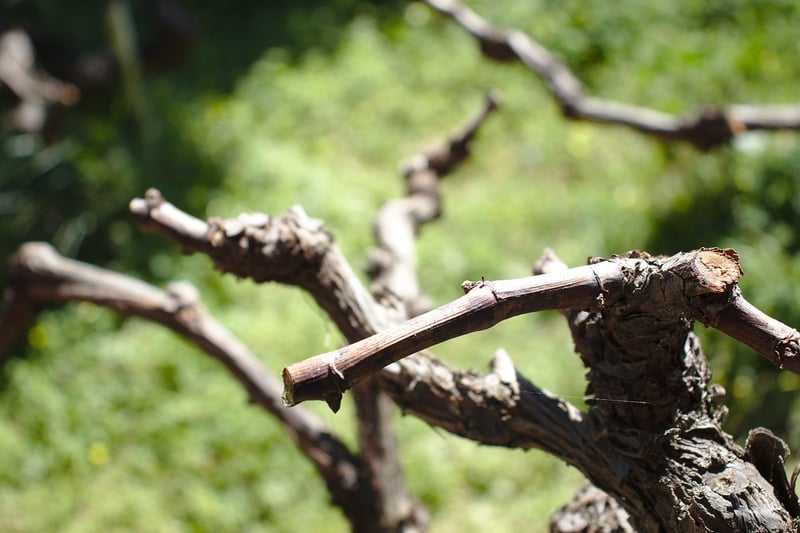Pruning essentials
Keep Your Garden Thriving with These Pruning Essentials
Pruning is an essential task for maintaining a healthy and beautiful garden. By properly pruning your plants, you can encourage growth, improve airflow, and enhance the overall appearance of your outdoor space. Whether you're a seasoned gardener or just starting, here are some pruning essentials to keep your garden thriving.
1. Use the Right Tools
Having the proper tools is crucial for effective pruning. Invest in high-quality bypass pruners, pruning shears, loppers, and a pruning saw to tackle different types of plants and branches. Keeping your tools sharp and well-maintained will make the pruning process easier and prevent damage to your plants.
2. Know When to Prune
Understanding the growth habits of your plants is key to knowing when to prune. While some plants benefit from early spring pruning to stimulate new growth, others may fare better with pruning in late winter or early fall. Research the specific needs of each plant in your garden to determine the best time for pruning.
3. Prune Correctly
When pruning, make clean cuts at a 45-degree angle just above a bud or lateral branch to promote healing and growth. Avoid leaving stubs or cutting too close to the bud, as this can cause damage and disease. For larger branches, use the three-cut method to prevent tearing and ensure a smooth cut.
4. Remove Dead or Diseased Branches
Regularly inspect your plants for dead, damaged, or diseased branches and remove them promptly. Pruning these branches not only improves the appearance of your plants but also prevents the spread of diseases and allows for better airflow and sunlight penetration.
5. Consider Plant Type
Each plant has unique pruning requirements based on its growth habits and flowering patterns. Research the specific needs of trees, shrubs, and flowering plants in your garden to ensure you are pruning them correctly. Some plants may require minimal pruning, while others benefit from more frequent and extensive pruning.
6. Monitor Growth and Adjust
Keep an eye on the growth of your plants throughout the growing season and adjust your pruning schedule as needed. Regular monitoring allows you to address overgrowth, maintain plant shape, and prevent overcrowding. By staying proactive, you can ensure your garden remains healthy and vibrant.

By incorporating these pruning essentials into your gardening routine, you can help your garden flourish and thrive. Remember to prune with care, precision, and consideration for the needs of each plant to achieve the best results. Happy pruning!
